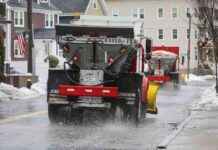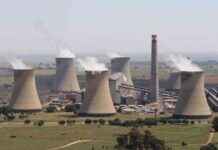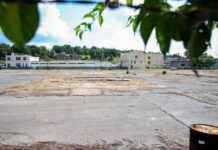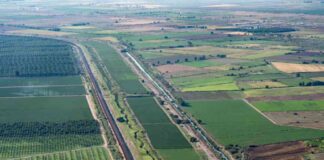Peatlands in England are in deep trouble, folks. Scientists have gone ahead and mapped them out, only to find that a whopping 80% of the country’s peatlands and peat soils are dry or degraded. That’s a big problem, considering that peatlands are essential carbon sinks that store twice the amount of carbon as all the world’s forests combined. And get this – peatlands only cover 3% of the Earth’s total land area. Crazy, right?
So, how did they figure all this out? Well, these clever scientists used a mix of satellite imagery, AI technology, and good old-fashioned data analysis to create what they’re calling the England Peat Map. And let me tell you, trying to map something that’s mostly underground and constantly changing is no walk in the park. Sallie Bailey, chief scientist at Natural England, called the map a “global first” and I gotta say, that’s pretty impressive.
Now, why should we care about all this peatland business? For starters, degraded peatlands can actually become sources of carbon emissions instead of storing carbon. Not good. In fact, emissions from degraded peat soils currently make up about 2% of all emissions in England. And in the UK as a whole, degraded peat soils contribute to 3.5% of all emissions. Yikes.
But it’s not all doom and gloom. Restoring 55% of degraded peatlands in England could potentially create a value of £50 billion pounds. That’s a whole lot of money, folks. Plus, healthy peatlands are home to some pretty cool plants and wildlife, like the carnivorous sundew plant and the golden plover. So, maybe it’s time we start taking better care of these peatlands, huh?














